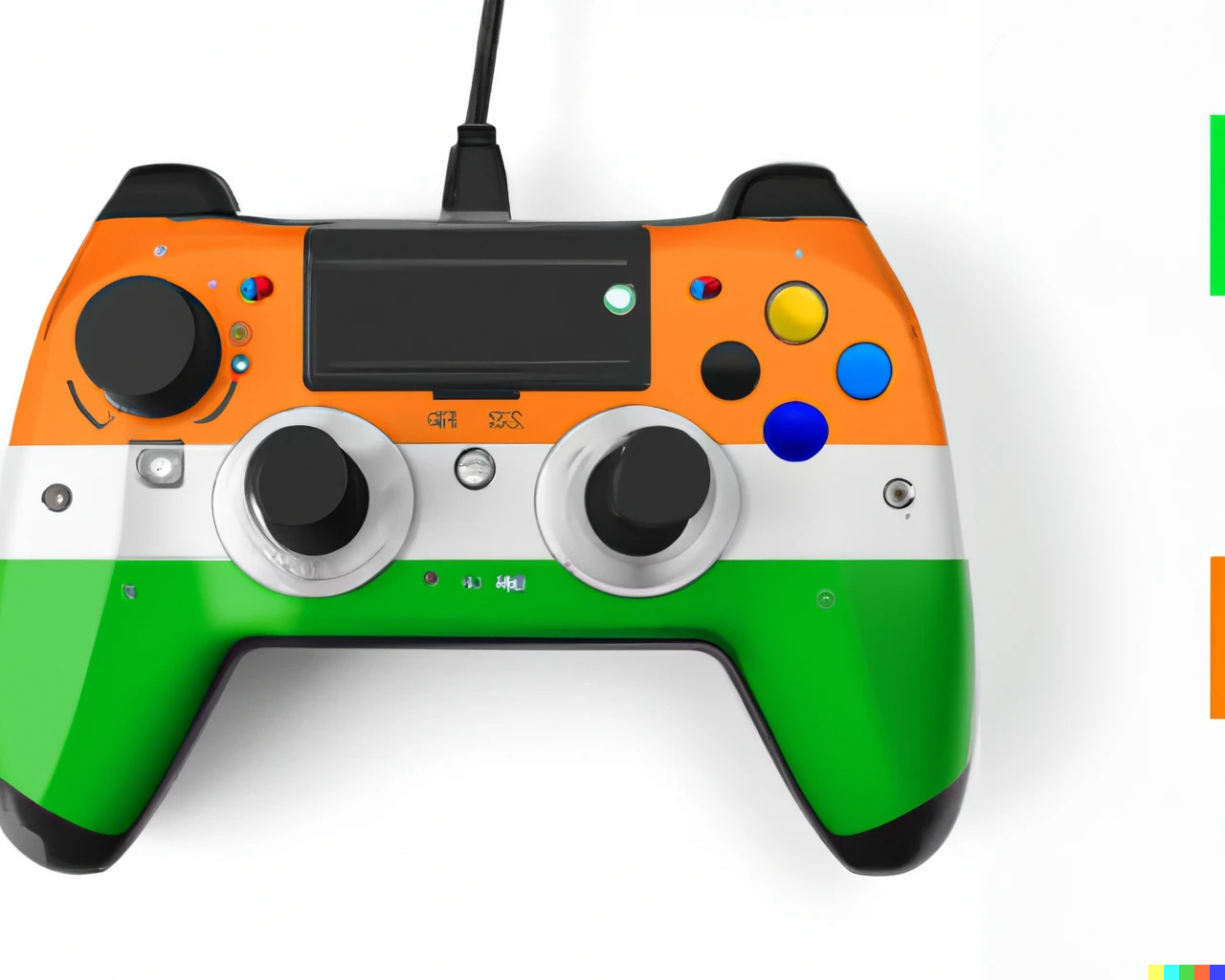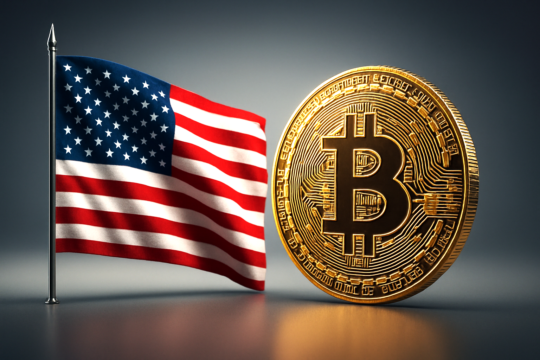What seemed like a blow to India’s gaming industry has turned into its biggest power-up yet. The ban on Real-Money Gaming (RMG) has pushed developers, investors, and players to pivot toward sustainable, skill-based, and creative gaming models, setting off an unexpected boom. With the sector projected to triple in size to $7.7 B by FY2030, India is fast emerging as a global gaming powerhouse fueled by its young, mobile-first population, regional storytelling, and an evolving culture of digital play.
A report by BITKRAFT Ventures, forecasted high growth in India’s gaming and interactive media sector, despite the ban on real money gaming. The segment, already a key engine in India’s digital media and entertainment space, is projected to triple in size, reaching $7.7 B by FY2030, growing approximately 1.5 times faster than the overall digital media and entertainment market, fueled by India’s massive, young user base, nano-transactions, high smartphone engagement, and shifting consumer behavior toward interactive and personalized content.
Jens Hilgers, Founding General Partner at BITKRAFT Ventures, says, “India represents perhaps the most compelling greenfield opportunity globally. The confluence of a digitally native youth demographic, established mobile infrastructure, and massive scale is creating what we believe to be a hyper-growth environment. In our view, this is an inflection point, positioning India as a true global powerhouse for interactive entertainment.”
In September, a Lightbox report, said that with the new ban on real-money gaming, what may seem like a setback is in fact a major turning point for India’s 420 million gamers and the broader digital economy. The report highlights how India, already the world’s second-largest gamer base, is now positioned to become a global force in non-RMG gaming.
“Indian Gaming is no longer a question of scale. Multi-faceted value creation is in progress. India can leap frog from volume driven market to value driven gaming giant.” — Sandeep Murthy, Managing Partner, Lightbox
Sandeep Murthy, Managing Partner, Lightbox, said, “Indian Gaming is no longer a question of scale. Multi-faceted value creation is in progress. India can leap frog from volume driven market to value driven gaming giant. With policy clarifications, India’s young, mobile-first and multi-lingual gamers, emerging monetization avenues through in-app purchases, subscriptions and ads, the opportunity is huge. We firmly believe that India can shift from being a volume story to a value story, fuelled by culturally relevant, long-lasting, and monetizable gaming experiences.”
India remains a paradox, among the highest in downloads but trailing in monetization. ARPUs here are only $3.03 compared to $215 in the US, reflecting enormous untapped potential. Importantly, three out of four gamers are already paying for non-RMG in-app purchases, with nearly a third spending more than INR1,000 per month. This shows gaming is no longer limited to tycoons or hardcore players; it is part of everyday life for millions of Indians.
Trends Emerging After the Ban
Hybrid Casual, the new format with similar Mid-core game-like progression and deeper meta systems is emerging as a key segment, while the Battle Royale genre continues to enable most monetization. Also, while the market is nearly equally split between ads and IAPs (In-App Purchases), the balance is expected to heavily tip towards IAPs in the next 5 years with ~6X growth.
In addition, disruptor segments within interactive media are poised for exponential growth, expanding from an estimated $440 M in FY2025 to $3.2 Bby FY2030. Fastest-growing sectors include, astro and devotional tech, projected to grow 8x to $1.3 B by FY2030, digitizing a massive offline market through 1:1 consultations.
Another area is micro drama, a nascent but high-potential segment mirroring successful models in China, expected to reach $1.1 Bby FY2030 by capitalizing on short, serialized mobile-first video content. And then there is audio streaming, expected to quadruple to $300 M by FY2030, driven by high user engagement and localized content strategies.
Growth is increasingly driven by the ‘Bharat’ audience (Tier 2+ segments), who seek vernacular content, social identity through gaming communities, and new avenues for social connection. AI is also emerging as a key enabler, significantly lowering content creation costs and accelerating local game development.
“We’re witnessing strong momentum across casual and hybrid-core titles, fueled by rising player engagement, new IP creation, and increasingly accessible payment ecosystems. Together, these factors are helping define the next chapter of India’s gaming and interactive media industry.” — Anuj Tandon, Partner, India and UAE at BITKRAFT Ventures
Anuj Tandon, Partner, India and UAE at BITKRAFT Ventures, says, “It’s exciting to see India’s gaming sector entering a phase of durable growth, with local developers creating innovative and monetizable experiences that are beginning to resonate globally. We’re witnessing strong momentum across casual and hybrid-core titles, fueled by rising player engagement, new IP creation, and increasingly accessible payment ecosystems. Together, these factors are helping define the next chapter of India’s gaming and interactive media industry.”
The growth drivers set to define the next wave, are regional-first content, cloud gaming, game-based learning, and AI-led personalization. In short, the government’s decision to ban RMG has unlocked a much larger, sustainable opportunity for Indian gaming.
Game Building
The Indian gaming industry has been seeing notable changes for a while now. Game building had already become prevalent. According to a study by Kreo, gaming in India has outgrown its stereotypes. Data shows that 35% of Indian gamers are creators, coders, and entrepreneurs.
Gaming is Indian fueling dreams. Nearly one in five participated in esports competitions, which represents a powerful, untapped potential for participation and content creation, surging across all age groups. 53% of gamers are actively interested in creating their own content, many already stream, code, and collaborate as part of a burgeoning creator economy.
Indian Gamer Demographics
Gen Z gamers, working professionals, and women 35+ are driving India’s gaming boom. More than 35% of gamers are entrepreneurs, techies, and creators, dispelling the old myth that gaming is just for students. The nation’s gaming population is racing forward with an annual growth pegged at 16%.
Moreover, the gender tide is slowly turning, and women are changing the face of Indian gaming. While men (94%) have historically dominated the gaming scene, women are rapidly catching up after age 35. Yet, 73% of female gamers admit to hiding their gender online, driven by experiences of harassment, yet they are still joining, creating, and leading new communities.
Despite the rise of console and PC-only gamers, “mobile gaming” remains the most popular entry point, with a massive 88% of gamers dabbling on smartphones, often alongside other devices.
Interestingly, most Indian parents still see gaming as a “waste of time”, yet nearly one in ten parents have joined a game with their children, hinting at a slow but sure generational shift.
The ban on real-money gaming may have closed one chapter, but it has opened a far more dynamic one for India’s gaming and interactive media ecosystem. By shifting focus from speculative play to sustainable innovation, India is building a gaming culture that values creativity, community, and cultural relevance over quick wins. With AI lowering barriers for local developers, vernacular content driving engagement, and hybrid genres reshaping monetization, India’s gaming industry is not just adapting, it’s defining what the future of global gaming could look like.












